1.

by Brendan Dunne
Images by Andy Hur
Adidas wants to change the way it designs product. It wants to speed up its production cycle in order to stay ahead of the curve with technology, tap into the best minds in manufacturing to collaborate, and come up with end results that resonate with consumers on a deep level. It plans to do this through Futurecraft, a design philosophy aimed at taking advantage of the most modern tools in the industry to create sportswear.
Futurecraft was first introduced to the world on earlier this month when images of the adidas Futurecraft 3D, a prototype sneaker meant as a statement of intent for the new program, hit the Internet. The shoe combines an upper based on the adidas Ultra Boost shoe with a translucent lattice midsole made possible by additive manufacturing.
To learn more about the process and the product, we caught up with adidas global creative director Paul Gaudio, who was instrumental in getting Futurecraft off the ground, and senior design director Stani Goussev, who worked on making the Futurecraft 3D shoe a reality. Read below to learn all about adidas' bold new step into the future.
Adidas started working on Futurecraft a year ago.
3.
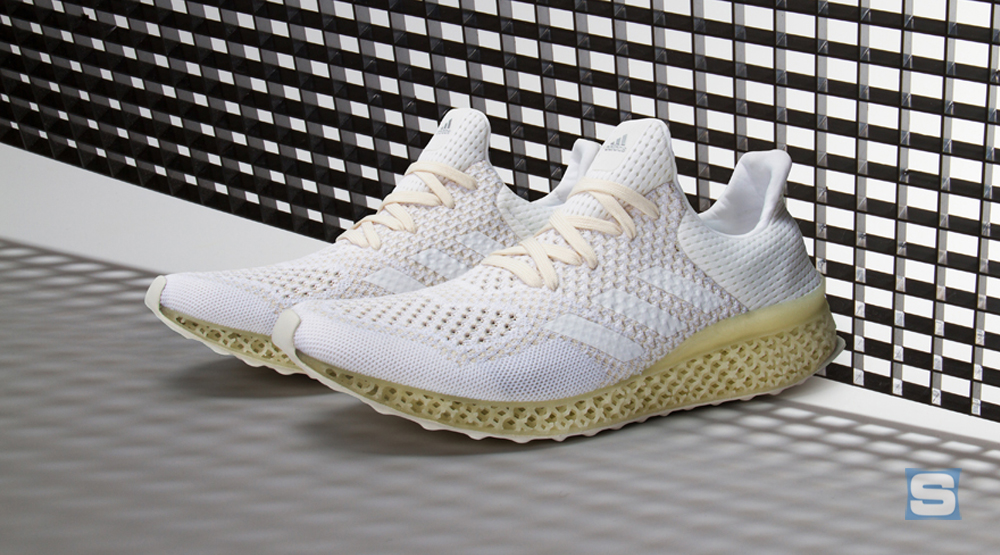
"We sat around as a group and brainstormed on what would fuel design, creativity, and innovation within the company? And we honestly started with just this sort of basic set of behaviors. Then we talked a little bit about principles. And as we began talking and debating we said, ‘OK now we need to get a name or that North Star.’ We came up with this idea of Futurecraft because we really felt like that was an open ended question, and not an answer. We wanted to start off the new creative culture with a question and with a journey, as opposed to with a set of directions or instructions.” — Paul Gaudio
Futurecraft is about much more than a single shoe.
5.
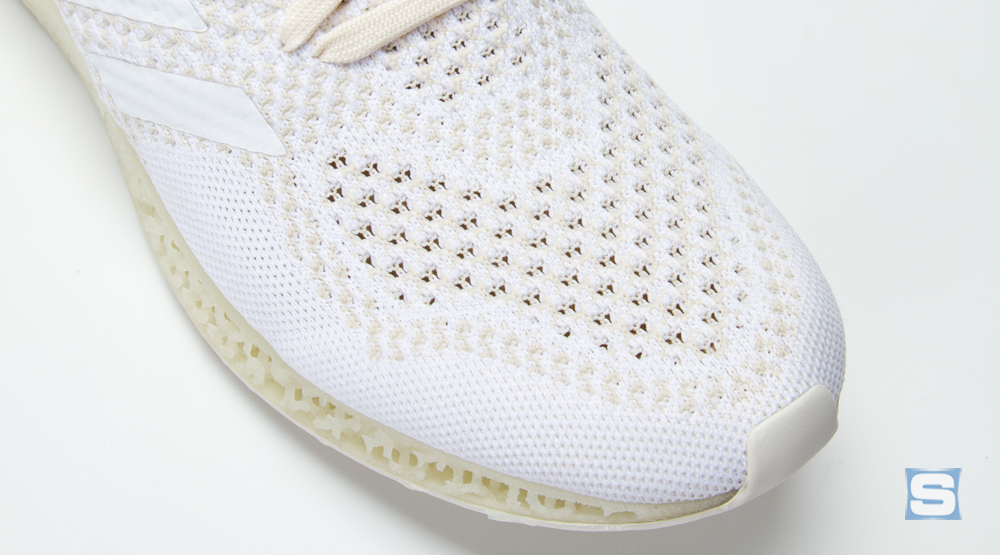
“It’s our guiding principles. We looked a little bit at who we are, where we want to go, and what emotionally connects with the consumer. It’s all about craft. It’s all about design. Craft has been very important through generations of [adidas]. What we want to do now is look into the latest and greatest advanced, state of the art technologies, and take the spirit of craft and what it means to people, especially on an emotional level, and reimagine them using the latest tools available. Basically the same ideas that Adi Dassler used to have, but he just didn’t have access to things like printing, knitting, and other things we’ll be introduced to in the future.” — Stani Goussev
Google and Pixar advised adidas on how to start Futurecraft.
7.

“We reached out to companies that we admired and had conversations, paid visits, and worked on things together — that’s probably one of the best things you can do to learn from someone is to collaborate with them, to do something and make something and explore opportunities. So we looked at these kind of companies, we visited these kind of companies. It’s inspirational to me because if you want to get better, you need to look to people who are leading and breaking new ground, whether that’s culturally in their companies or whether that’s leadership in a business space… the collaborative aspects of some of these companies, the Pixars, of course, and Googles. I think every successful company we’ve been talking with is really good at sharing and collaborating.” — Gaudio
Factories were legally obligated to keep the Futurecraft 3D shoes a secret.
9.
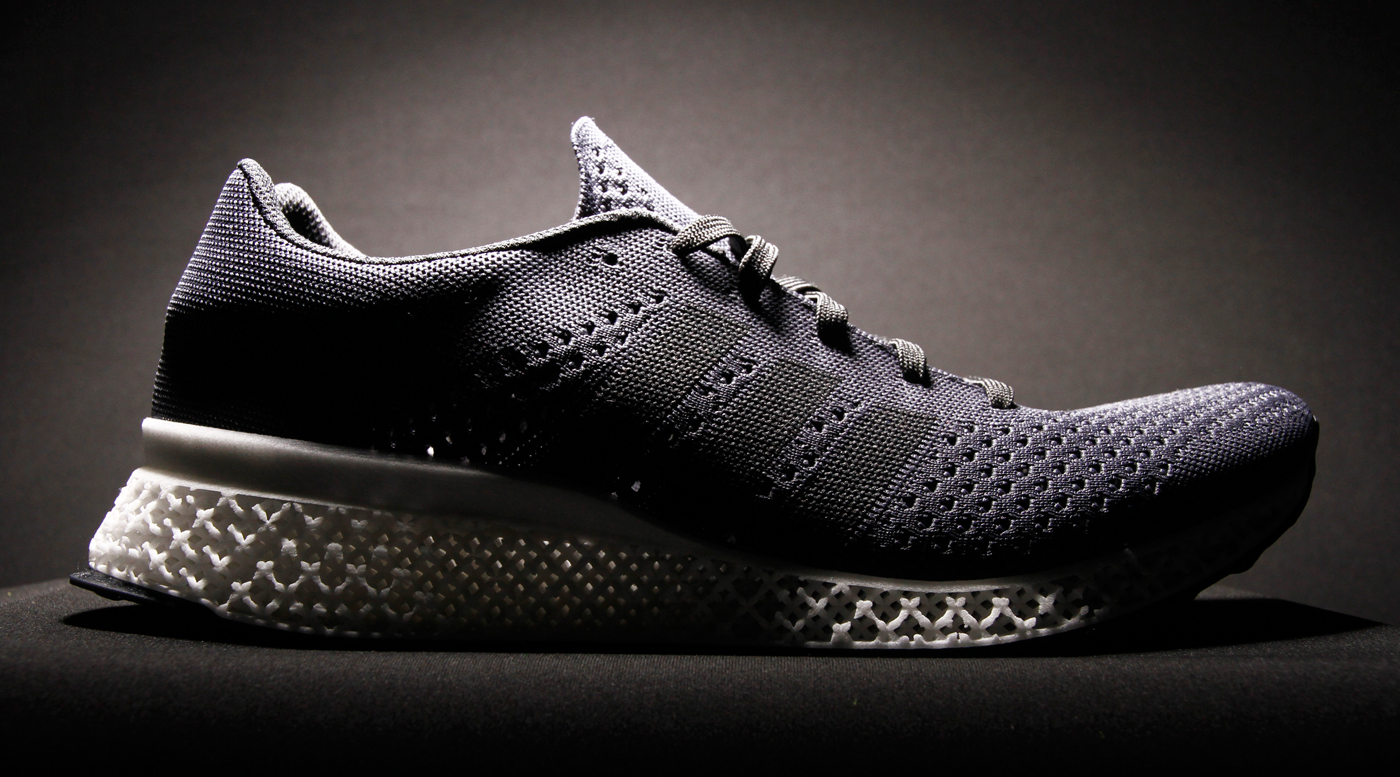
“Until legal things are cleared, the shoe would never leave the campus — even for testing. That’s part of it. We tried to do as much as possible, and also with our in-house manufacturing. One of the oldest factories that we have is still with us in Germany. It’s our only one in Germany; we did a lot of stuff there. Our partner had to sign a lot of legal stuff, but that worked really, really well. For the parts we’ve been doing for example in Asia, we would never even say what this thing is. We would model some parts there, but we would not tell the partners over there what it is, what materials it will be made of, etc.” — Goussev
Adidas saw the “uncaged” Ultra Boost custom, but that wasn’t the inspiration for the shoe.
11.
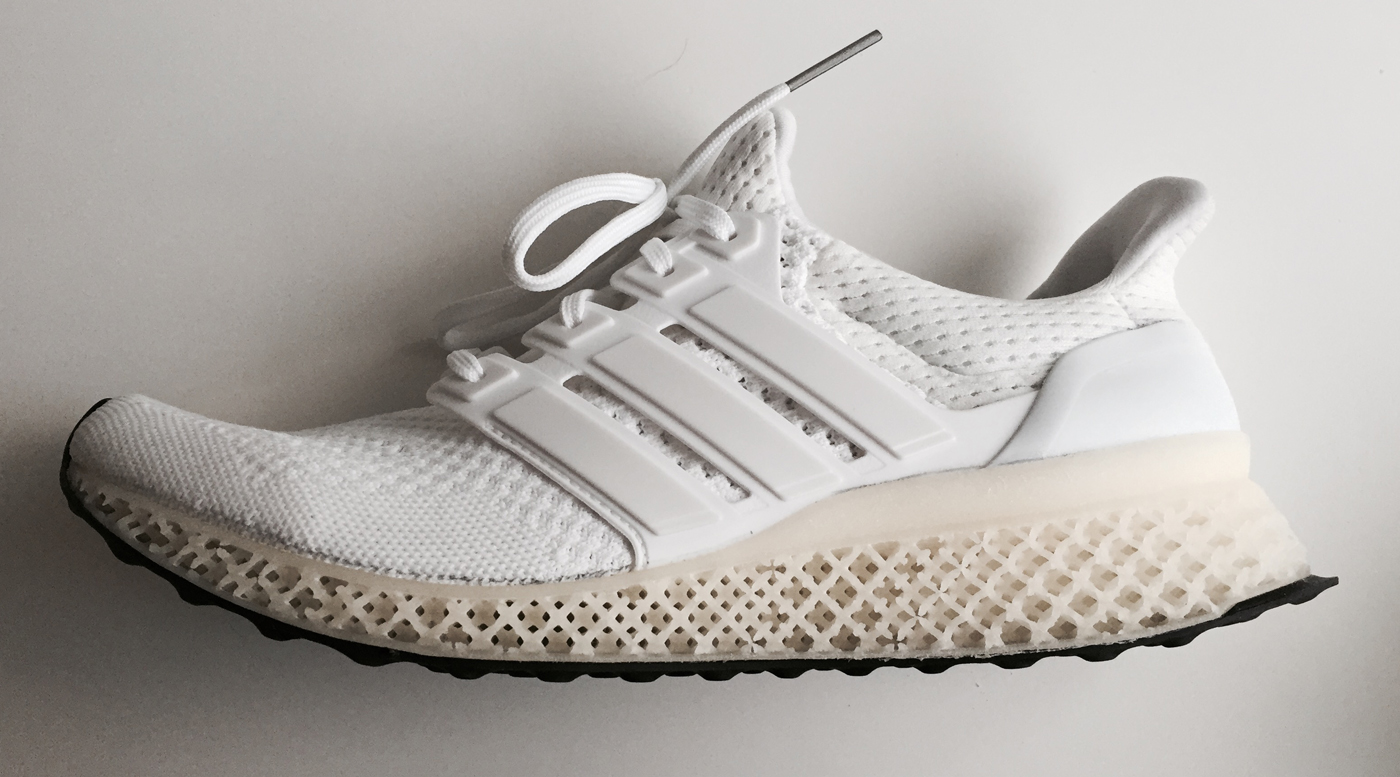
“We’d been sitting in China working on some projects and we had something already, like a year ago, where the upper was going into this same direction. Then we saw some posts of this 'uncaged' shoe and we just thought, ‘Wow, funny that we were thinking about it [too].'”— Goussev
There are performance upsides to the 3D printed midsole.
13.
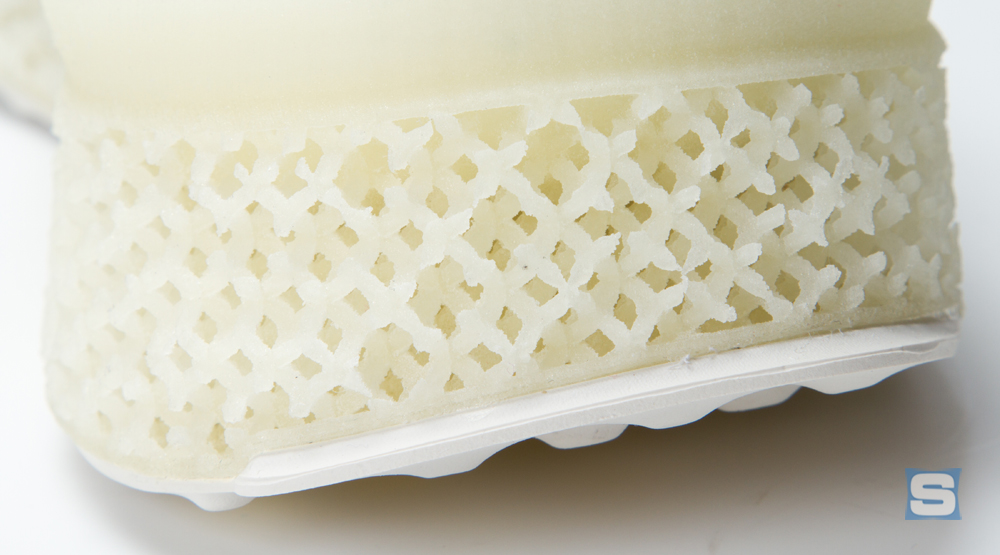
“If you use existing technologies like injection or molding, which are the traditional methods of creating the midsoles, you come to advantages of those technologies but also to limitations. With something like 3D printing, you can reimagine those limitations. You can create structures that you couldn’t do before. You can create mechanical properties that you could not do with foam-based materials.
"The second thing is really interesting. It’s a component that we don’t think to talk about oftentimes, but if you think about production and how things are made, it’s all mold-based. It’s huge warehouses full of metal. Of course there are advantages to that, but there are also limitations. Think about components — you need to store metal, you need to cut metal — you don’t need to to it here. The benefits of that, if you start to think about athlete and consumer benefits, we thought about a lot of them.
"...If you work with athletes, football players for example, even their foot size is different from left to right. But because of course we have the conventions of the industry, we have to always fit those things into sizes. We’re challenging the conventions of how we make things. You could do shoes that would have no sizing at all. So you would have the left and right foot be completely different. In the end sometimes it’s millimeters [of difference] with the human body, but they make a difference. You could customize it like this, the shoes would fit better and they would be really made for you. There are biomechanic elements that you can look into because left foot and right foot, if you talk about running, you pronate differently. If you watch people from behind, if they walk in front of you, especially if they have soft shoes, you can see the left foot from behind will always look different from the right foot. Those things could be something very interesting to think about. We think this is a big advantage of 3D printing especially, if you think about it, as companies across industries are collecting more data about consumers — they do foot scans at a lot of events, etc. You could really create a system where the data would teach us how to build better shoes for the people.
"Another thing is breathability. If you have a piece of foam under your foot, there’s only so much air you can build in. You can do holes, but everything that you take out of the structure brings in disadvantages as well. What we did here, we did some testing and we found out this is our most breathable structure because under the whole foot you just have a lattice structure.” — Goussev
While it’s only a prototype, the Futurecraft 3D still went through rigorous testing.
15.
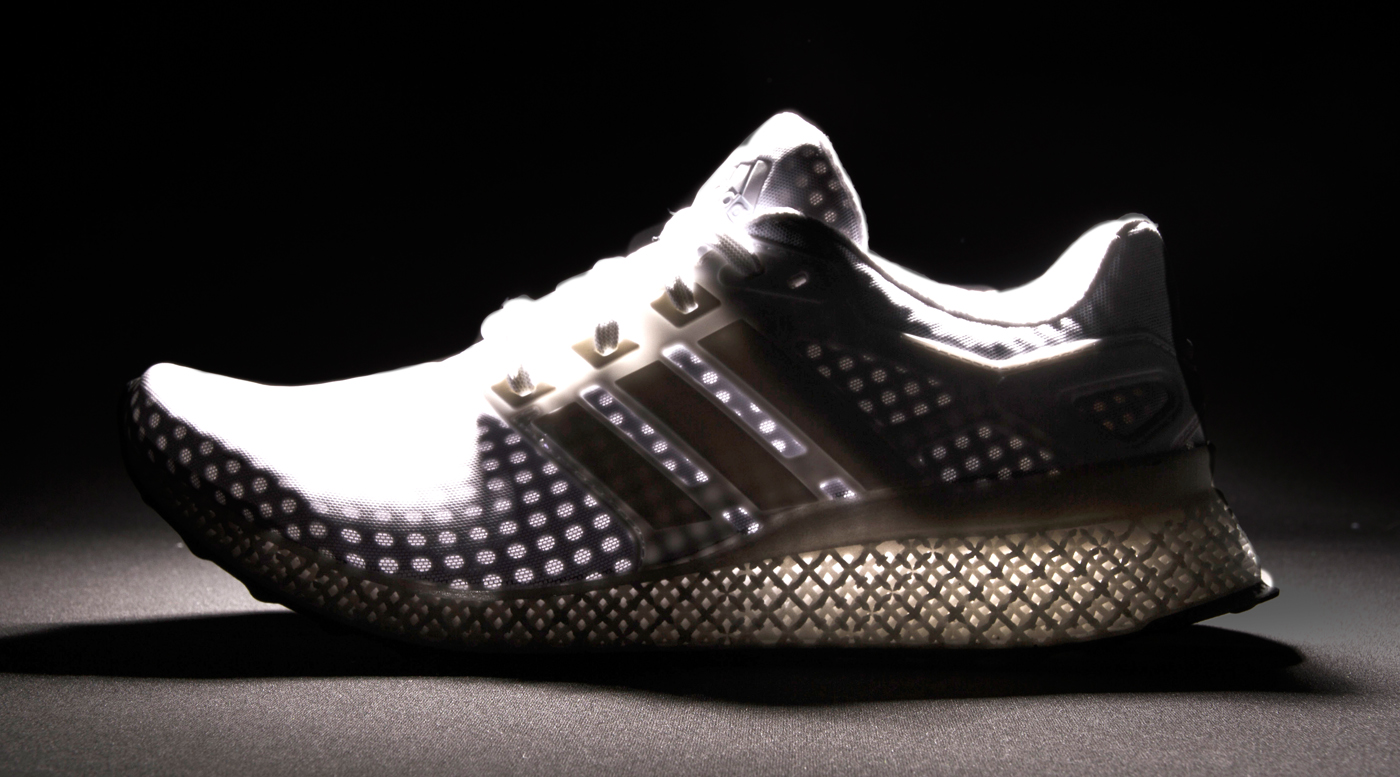
“It was a lot of testing. There was mechanical testing; I think that’s very interesting to do. There was testing in terms of simulation, and that’s another forte of adidas within the industry. [It's like] if you imagine a documentary about Formula One, what you’ll see with the high-tech cars and so many simulations, computer-simulated materials and shapes. This is something that adidas is extremely strong at. We started with this, then we went into mechanical testing — looking into different materials and geometries and how we printed it, that’s another big secret as well. Then we went into real world resting and gave it to athletes.
"We had them run in the shoes. We have a big catalog of tests that we need to do when we release products, and we tried to apply them. Running a certain amount of miles, etc. We did that but still, because it’s such a new technology, we like to call it a prototype because we’d like to invite people to test it with us. But we went through a lot of extensive testing from different sides. In the end, when we had the prototype, we also did biomechanical testing and all the traditional ones where you have somebody running and the camera is behind you and it scans everything.” — Goussev
Adidas is looking for more partners to work on Futurecraft.
17.
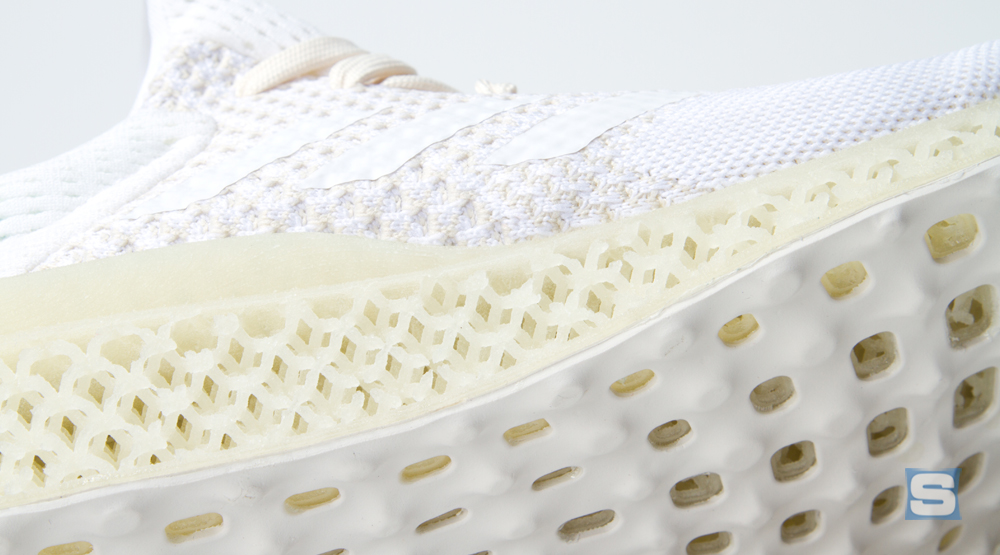
“We are working with outside experts all the way down at the molecular chemical level on projects. Real material and process innovation on a way upstream level. All the way through to manufacturing partners, people who know how to mass produce things from different industries: auto industry, home industry, health industry. We’ve got some interesting relationships with people who make things like chemical processes for hair and newer ways process to asphalt. How does that help us in our world? There’s a lot of surprising synergies. It is one of the real tenants of how we work as a brand and what Futurecraft is all about is that we collaborate on. It helps us, strengthens us, and certainly leads us into new territories that we wouldn’t have otherwise found ourselves.” — Gaudio
Adidas says it’s not racing Nike when it comes to 3D printing.
19.
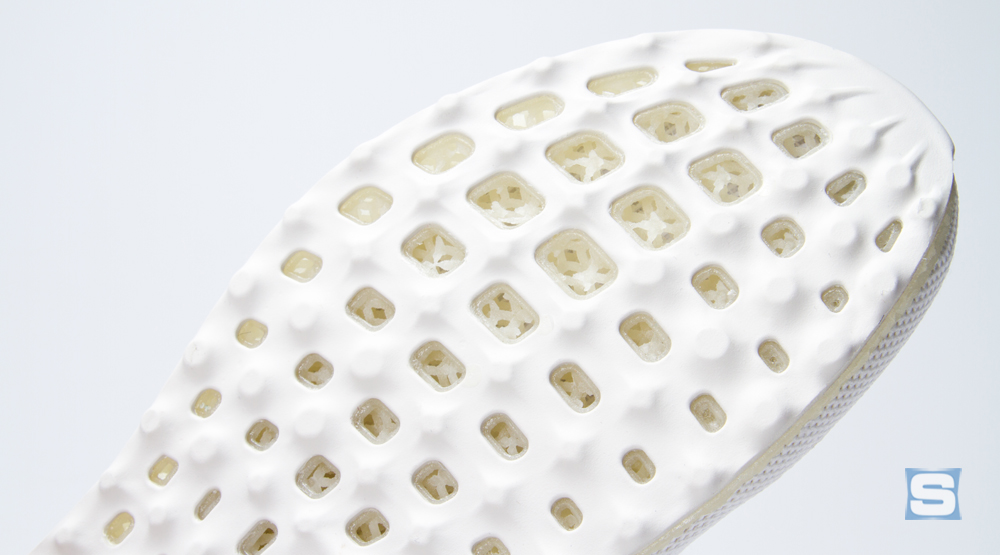
“I don’t think it’s a race to be quite honest. I think both of the companies are just obsessed with doing something great for the athlete. We just love, at least people in design and innovation, tinkering with new things and finding new solutions to do things in the best possible way.” — Goussev
“I think that something can only be new once, and innovation isn't innovation if it’s last. That is just a point of view. It’s the way we come to work everyday. Are we racing with someone? Maybe with ourselves. We’ve got objectives and hopes and dreams for ourselves that we’re trying to fulfill here. I do believe that you can’t be new if you’re third. Inasmuch as that, I guess there’s a race, but that’s not really the focus. There’s so much rich territory out there that we’re rushing forward almost like a kid in a candy store.” — Gaudio
Kanye West might be afraid of 3D printing, but adidas isn’t.
21.

“I don’t have a negative reaction to it. The nice thing about new technology, especially something as potentially disruptive as 3D printing is it will change or shift the market. You can fear change or you can see opportunity in change. I definitely see opportunity in change. I don’t know what the role looks like, but I definitely see us playing a role in it. I’m excited to get there and help be a part of shaping how that works and what those experiences might be, how we engage people in that active co-creation. I would love to be able to release the file, the 3D file, and truly go open source and let people create and innovate on the platforms that we’ve developed. That’s the promise, ultimately, of open source. We want to open our brand, we want to open our expertise, our capabilities, our resources. We want to open up our source code so others can create, that’s a big part of what we’re trying to get.
[West] has seen Futurecraft and he is a part of the team. He is a creator who is working with us. His contributions to our brands are a part of Future Craft as well...he wants to create with the new tools and advancements.” — Gaudio

